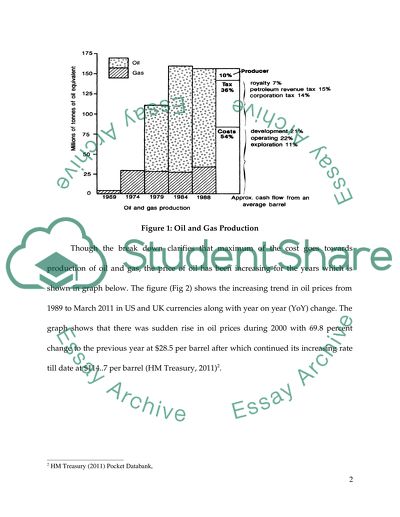Cite this document
(“How oil price fluctuation/shock effect United Kingdom economic growth Dissertation”, n.d.)
Retrieved from https://studentshare.org/family-consumer-science/1416989-how-oil-price-fluctuation-shock-effect-united
Retrieved from https://studentshare.org/family-consumer-science/1416989-how-oil-price-fluctuation-shock-effect-united
(How Oil Price fluctuation/Shock Effect United Kingdom Economic Growth Dissertation)
https://studentshare.org/family-consumer-science/1416989-how-oil-price-fluctuation-shock-effect-united.
https://studentshare.org/family-consumer-science/1416989-how-oil-price-fluctuation-shock-effect-united.
“How Oil Price fluctuation/Shock Effect United Kingdom Economic Growth Dissertation”, n.d. https://studentshare.org/family-consumer-science/1416989-how-oil-price-fluctuation-shock-effect-united.


